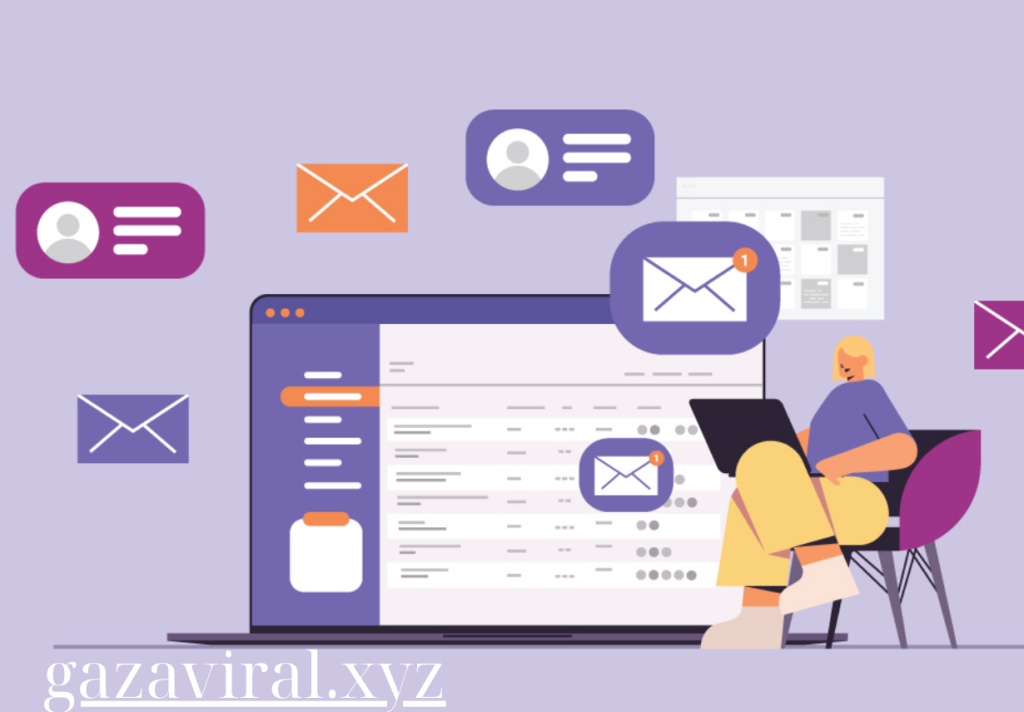Email Content Creation
Personalization & Dynamic Content in Emails: Enhance Engagement with Tailored Messages
Email marketing remains one of the most effective ways to reach and engage with your audience, but generic emails can often be overlooked or ignored. Personalization and dynamic content are powerful strategies to enhance your email campaigns, ensuring your messages resonate with each recipient. By tailoring content based on user behavior, preferences, and demographics, you can drive higher engagement, boost click-through rates, and foster brand loyalty. This guide explores how to leverage personalization and dynamic content in emails to create more meaningful interactions with your audience.
1. The Power of Personalization in Email Marketing
a. Increased Engagement
Personalized emails are proven to outperform generic emails, with higher open and click-through rates. When recipients feel that an email is tailored specifically for them, they are more likely to engage with the content. A simple example of this is using the recipient’s name in the subject line or greeting.
b. Better Customer Experience
Personalization shows that you understand your audience’s needs and preferences. By delivering relevant content, product recommendations, and offers, you enhance the overall customer experience, leading to stronger relationships and increased loyalty.
c. Higher Conversions
Emails with personalized content lead to higher conversions because they are more relevant to the recipient’s interests and behaviors. Targeted product recommendations or exclusive offers based on past purchases can encourage recipients to take action, whether it’s making a purchase, signing up for a webinar, or renewing a subscription.
2. Types of Email Personalization
a. Basic Personalization
Basic personalization includes inserting the recipient’s name in the subject line or email greeting. It’s a simple way to make your emails feel more tailored, but you can take it further by using details such as location, birth date, or past interactions to enhance relevance.
- Example: “Hi [Name], Check Out These Handpicked Deals Just for You!”
b. Behavior-Based Personalization
Leverage user behavior to send more targeted emails. This includes actions such as browsing history, purchase behavior, or interactions with previous emails. Behavior-based triggers allow you to send timely, relevant messages that cater to the user’s specific needs or interests.
- Example: Sending an email reminder for an abandoned shopping cart or recommending products similar to those a user viewed on your website.
c. Demographic Personalization
Use demographic information such as age, gender, location, and job title to tailor your emails. This allows you to send content that appeals directly to your audience segments, making it more relevant and engaging.
- Example: Location-based promotions or age-specific product recommendations.
d. Personalized Product Recommendations
Utilizing data from previous purchases or browsing history, you can offer product recommendations that are tailored to each recipient’s preferences. This technique works well for e-commerce brands, as it increases the likelihood of repeat purchases.
- Example: “Since you loved [Previous Product], we think you’ll also enjoy these items.”
3. What Is Dynamic Content in Emails?
a. Dynamic Content Explained
Dynamic content refers to elements within an email that change based on the recipient’s data, behavior, or preferences. Unlike static content that remains the same for all recipients, dynamic content adapts to each individual, ensuring they see content that is most relevant to them.
b. Benefits of Dynamic Content
Dynamic content allows for highly personalized and efficient email campaigns. It saves time by automating the process of creating different versions of the same email while delivering highly relevant messages to various audience segments.
- Example: Showing different product recommendations to different customers within the same email campaign, based on their past browsing or purchase behavior.
4. Dynamic Content Use Cases in Emails
a. Dynamic Product Recommendations
Dynamic product recommendations can show personalized product suggestions based on a recipient’s previous purchases, browsing behavior, or items left in their cart. This type of dynamic content is highly effective in driving conversions for e-commerce businesses.
- Example: A clothing retailer sends an email featuring different outfits or accessories based on the recipient’s past purchases or browsing habits.
b. Location-Specific Offers
Dynamic content can be used to deliver location-specific offers or events. This ensures that recipients only receive promotions or deals that are relevant to their region or city.
- Example: A restaurant chain sends an email with promotions for the recipient’s nearest location, including directions and local offers.
c. Countdown Timers
Countdown timers are a type of dynamic content that creates urgency by showing real-time countdowns for limited-time offers, sales, or events. These are effective for encouraging immediate action from recipients.
- Example: “Hurry! Only 2 hours left to claim your 30% discount!”
d. User-Generated Content (UGC)
Incorporating dynamic user-generated content, such as customer reviews, testimonials, or social media posts, can add authenticity and encourage engagement. Personalized UGC helps recipients connect with your brand on a deeper level.
- Example: Displaying positive reviews from customers who have purchased the same or similar products that the recipient is considering.
5. Segmenting Your Audience for Effective Personalization
a. Segmentation Based on Behavior
Behavioral segmentation involves grouping your audience based on actions such as browsing history, past purchases, or engagement with previous email campaigns. This allows you to create more personalized and relevant messages for each group.
- Example: Sending a follow-up email to users who clicked on a particular link but didn’t convert.
b. Demographic Segmentation
Segment your audience by age, gender, income level, or location. This allows you to send content that speaks to the specific needs, interests, or stages of life of each demographic group.
- Example: A beauty brand segments its audience by age and sends different product recommendations for anti-aging treatments versus makeup for younger skin.
c. Purchase History Segmentation
Tailor your messages based on the recipient’s purchase history. Customers who have bought frequently should receive different offers than those who have only made one purchase. This strategy can help drive repeat business and reward loyal customers.
- Example: Sending a loyalty discount to high-value customers while offering first-time discounts to new buyers.
6. Best Practices for Implementing Personalization and Dynamic Content
a. Gather and Utilize Customer Data
To create effective personalized emails, you need access to detailed customer data. Collect information such as purchase history, browsing habits, demographic data, and email engagement metrics. Use this data to build a comprehensive profile of each subscriber.
b. Use the Right Email Marketing Tools
Advanced email marketing tools like Mailchimp, HubSpot, or Klaviyo offer features that enable personalization and dynamic content. Choose a platform that allows you to easily segment your audience, create dynamic email templates, and automate personalized campaigns.
c. Personalize Beyond the Subject Line
While including the recipient’s name in the subject line is a good start, take personalization further by customizing the body content, images, and offers. Personalization should feel relevant and meaningful, not superficial.
d. Test and Analyze Performance
Always test different personalized elements to determine what resonates most with your audience. A/B testing can help you compare the performance of different subject lines, CTAs, or personalized recommendations. Use analytics to track open rates, click-through rates, and conversions to optimize future campaigns.
7. Examples of Successful Personalization and Dynamic Content
a. Spotify’s Personalized Playlists
Spotify creates personalized emails for users, featuring custom playlists based on their listening habits. These tailored recommendations keep users engaged and coming back to the app regularly.
b. Amazon’s Personalized Product Suggestions
Amazon is a prime example of a company that excels at using dynamic content. Their emails frequently feature product recommendations based on previous browsing and purchase behavior, encouraging repeat purchases.
c. Netflix’s “Continue Watching” Emails
Netflix sends personalized emails featuring shows or movies that users have started but haven’t finished. This behavior-based dynamic content prompts users to return to the platform and continue engaging with the content.
Conclusion
Personalization and dynamic content are essential components of modern email marketing that help increase engagement, improve customer experience, and drive conversions. By tailoring your messages to individual recipients and leveraging dynamic elements like product recommendations and user-generated content, you can deliver more relevant, impactful emails that resonate with your audience.
Start implementing these strategies today to enhance your email campaigns and build stronger, more personalized connections with your subscribers.


